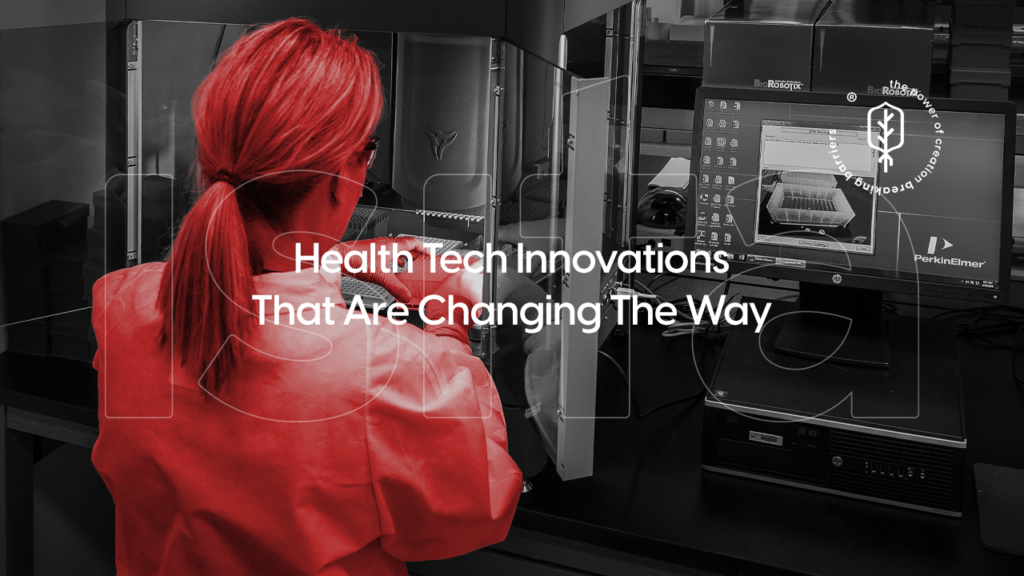Business Intelligence (BI) and Data Analytics are the keys to unlocking the full potential of business data, transforming it into actionable insights that can inform strategy, optimize operations, and enhance customer experiences.
This article explores the importance of BI and Data Analytics, the benefits they offer, the tools and technologies available, and best practices for effectively leveraging these capabilities to unlock business potential.
Understanding Business Intelligence and Data Analytics
What is Business Intelligence?
Business Intelligence (BI) refers to the technologies, applications, and practices used to collect, integrate, analyze, and present business information. The goal of BI is to support better business decision-making by providing historical, current, and predictive views of business operations.
What is Data Analytics?
Data Analytics involves examining data sets to draw conclusions about the information they contain. It encompasses various techniques, including statistical analysis, machine learning, and data mining, to identify patterns, trends, and insights that can drive informed decision-making.
Importance of BI and Data Analytics
Informed Decision-Making
BI and Data Analytics provide businesses with the insights needed to make informed decisions. By analyzing historical and real-time data, organizations can identify trends, measure performance, and predict future outcomes, leading to more strategic and effective decision-making.
Enhanced Operational Efficiency
Data-driven insights can help businesses optimize their operations, identify inefficiencies, and streamline processes. This leads to improved productivity, reduced costs, and better resource allocation.
Improved Customer Experience
Understanding customer behavior and preferences through data analytics allows businesses to tailor their products, services, and interactions to meet customer needs. This enhances customer satisfaction, loyalty, and retention.
Competitive Advantage
Businesses that effectively leverage BI and Data Analytics gain a competitive edge by identifying market opportunities, anticipating trends, and staying ahead of competitors. Data-driven strategies enable organizations to innovate and adapt quickly to changing market conditions.
Benefits of BI and Data Analytics
Data-Driven Culture
Implementing BI and Data Analytics fosters a data-driven culture within the organization. Employees at all levels become more accustomed to using data to guide their decisions, leading to more consistent and objective outcomes.
Real-Time Insights
Advanced BI tools provide real-time insights, enabling businesses to react swiftly to emerging trends and changing conditions. This agility is crucial in today’s fast-paced business environment.
Predictive Analytics
Predictive analytics uses historical data and machine learning algorithms to forecast future events and trends. This allows businesses to proactively address potential challenges and seize opportunities.
Enhanced Reporting and Visualization
BI tools offer advanced reporting and visualization capabilities, making it easier to communicate insights and share information across the organization. Interactive dashboards and visualizations help stakeholders understand complex data quickly and make informed decisions.
Key Tools and Technologies for BI and Data Analytics
BI Tools
- Tableau: A powerful data visualization tool that helps create interactive and shareable dashboards. Tableau connects to multiple data sources and allows for real-time collaboration and analytics.
- Power BI: Microsoft’s BI tool that provides robust data visualization and reporting capabilities. Power BI integrates seamlessly with other Microsoft products and services, making it a popular choice for businesses.
- QlikView: A data discovery and visualization tool that offers associative data indexing and in-memory processing for rapid insights.
Data Analytics Tools
- Python: A versatile programming language widely used for data analysis, machine learning, and statistical computing. Libraries such as Pandas, NumPy, and SciPy provide powerful tools for data manipulation and analysis.
- R: A language and environment specifically designed for statistical computing and graphics. R is widely used for data analysis, visualization, and machine learning.
- SAS: A comprehensive software suite for advanced analytics, business intelligence, and data management. SAS offers a range of tools for statistical analysis, predictive modeling, and data mining.
Data Warehousing and Storage
- Amazon Redshift: A fully managed data warehouse service that makes it simple and cost-effective to analyze all your data using standard SQL and existing BI tools.
- Google BigQuery: A serverless, highly scalable, and cost-effective multi-cloud data warehouse designed for business agility.
- Snowflake: A cloud data platform that provides a single, unified solution for data warehousing, data lakes, and data sharing.
Machine Learning and AI
- TensorFlow: An open-source machine learning framework developed by Google. TensorFlow provides a comprehensive ecosystem for building and deploying machine learning models.
- Apache Spark: A unified analytics engine for big data processing, with built-in modules for streaming, SQL, machine learning, and graph processing.
- Azure Machine Learning: A cloud-based service from Microsoft that provides tools for building, deploying, and managing machine learning models.
Best Practices for Implementing BI and Data Analytics
Define Clear Objectives
Start by defining clear objectives for your BI and Data Analytics initiatives. Understand what you want to achieve, such as improving decision-making, optimizing operations, or enhancing customer experiences. Clear objectives guide the selection of tools, techniques, and metrics.
Ensure Data Quality
High-quality data is crucial for accurate analysis and reliable insights. Implement data governance practices to ensure data accuracy, consistency, and completeness. Regularly clean and validate your data to maintain its quality.
Invest in the Right Tools and Technologies
Choose BI and Data Analytics tools that align with your business needs and technical requirements. Evaluate factors such as ease of use, scalability, integration capabilities, and cost. The right tools will enhance your ability to analyze data and extract meaningful insights.
Foster a Data-Driven Culture
Promote a data-driven culture within your organization by encouraging employees to use data in their decision-making processes. Provide training and resources to help them develop the necessary skills and knowledge.
Collaborate Across Departments
Effective BI and Data Analytics require collaboration across different departments. Encourage cross-functional teams to work together, share insights, and align their efforts to achieve common goals.
Focus on Data Security and Privacy
Ensure that your BI and Data Analytics practices comply with data security and privacy regulations. Implement robust security measures to protect sensitive data and maintain user trust.
Continuously Monitor and Improve
Regularly review and refine your BI and Data Analytics processes to ensure they remain effective and aligned with your business objectives. Use feedback and performance metrics to identify areas for improvement and make necessary adjustments.
Case Studies: Real-World Applications of BI and Data Analytics
Retail Industry
A leading retail company implemented BI and Data Analytics to optimize its supply chain and inventory management. By analyzing sales data and customer trends, the company was able to forecast demand more accurately, reduce stockouts, and improve inventory turnover. This led to increased sales, reduced costs, and improved customer satisfaction.
Healthcare Industry
A healthcare provider used predictive analytics to identify patients at risk of readmission. By analyzing patient data and medical histories, the provider developed models to predict readmission likelihood. This enabled targeted interventions and personalized care plans, reducing readmission rates and improving patient outcomes.
Financial Services
A financial services firm leveraged BI tools to enhance its risk management practices. By integrating data from various sources and using advanced analytics, the firm was able to identify potential risks and assess their impact. This proactive approach allowed for better risk mitigation and improved decision-making.
Conclusion
Business Intelligence and Data Analytics are powerful tools for unlocking business potential and driving growth.
By transforming raw data into actionable insights, these technologies enable informed decision-making, enhanced operational efficiency, improved customer experiences, and a competitive advantage. Implementing BI and Data Analytics requires clear objectives, high-quality data, the right tools, a data-driven culture, and continuous improvement.
Real-world applications in various industries demonstrate the significant benefits and impact of these capabilities. Ultimately, businesses that effectively leverage BI and Data Analytics can unlock their full potential and achieve long-term success in today’s data-driven world.



